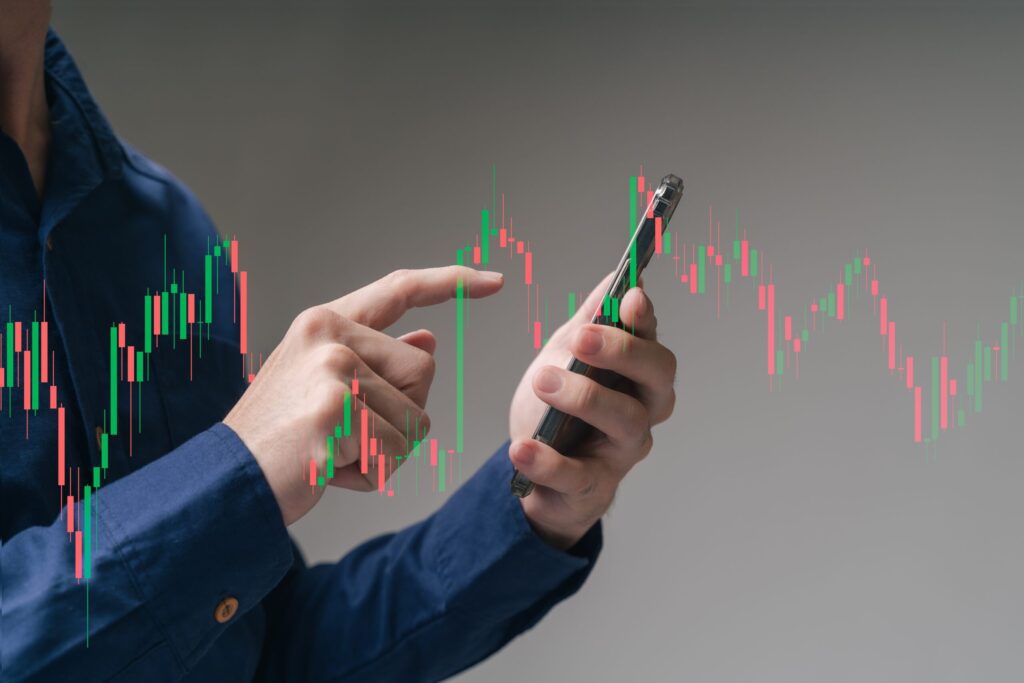In 2025, the line between a trader and an influencer is practically gone. Trading is no longer a solitary pursuit, it’s social, visible, and performative. What began as a few YouTube signals and Twitter threads has evolved into full-fledged personalities with cult-like followings, portfolios on public display, and thousands watching their every move.
People no longer just watch markets, they watch each other. Social trading platforms are booming, influencer-led investment channels are gaining massive traction, and crowd psychology is driving asset flows more than ever. But this growing visibility comes with a warning: when too many copy, fewer think. While copy trading lowers the barrier to entry, it also increases the risk of herding and emotional decision-making.
Platforms Driving the Boom
Social trading is growing fast, not just in user count, but in how people engage with financial information. Now, investors don’t just want to know what to buy; they want to know who is buying it.

Public rankings, win rates, and real-time portfolio insights have turned investing into a spectator sport. On the unofficial side, apps like Telegram and Twitter/X host massive communities where alpha, rumors, and tips spread in seconds. These platforms reward visibility and speed — not always truth or skill.
Some communities operate more like private clubs. “Signals” are sold, subscriptions offered, and entire investment strategies are crowdsourced. The more someone grows a following, the more weight their trades carry, even if their expertise is unverified.

Trader Behavior Is Changing
As the platforms evolve, so do the traders. Several distinct behavior patterns are emerging:
Cults of Personality
Some traders now command followings more loyal than fund managers. Their trades become signals. Their tweets move prices. This cult-like devotion isn’t always based on skill, sometimes it’s just confidence, charisma, or a streak of lucky bets. Followers mimic their every move, often without questioning the logic behind it.
Herding Around Hype
Trending sectors, whether it’s crypto, biotech, or AI, get swarmed fast. Once a few big names signal interest, others follow without doing their homework. This herd mentality can inflate bubbles and lead to synchronized sell-offs when sentiment turns.
The Rise of “Confidence Trades”
A new kind of trade is emerging — driven not by charts or earnings, but by community conviction. These “confidence trades” thrive on repetition. If enough people say it’s the next big thing, others believe it must be. Risk management often takes a back seat when everyone seems to agree. When enough voices echo the same call — say, trade BTC now — the sheer volume can create a self-fulfilling price surge, pulling in even the most cautious traders who fear being left behind.”

How to Use Social Trading the Smart Way
Social signals can be powerful, but only if used wisely. Here’s how smart investors navigate the noise:
Use Social as Confirmation, Not Conviction
A trader you follow might spot a trend early, but don’t stop your analysis there. Use it as a starting point, not the final answer. Social proof is powerful — but in markets, it’s often late. By the time a trade becomes “popular,” the real opportunity might be gone.
Filter the Hype
Not all social chatter is equal. Tools that track volume spikes and sentiment across news and social media can help filter out noise. For example, platforms like LunarCrush and Santiment track real-time social mentions and correlate them with price moves — helping you separate short-term hype from meaningful shifts. A 2024 study by Statista found that 41% of Gen Z investors say social media is their primary source for financial advice — yet less than 15% verify the claims through other sources.
Watch the Numbers, Not Just the Names
Follower count doesn’t equal profitability. Before copying a trade, look at the trader’s history. What’s their drawdown? How consistent are their returns? Are they adapting or simply riding a wave?
Where It’s All Going
As social trading grows, so does its impact on the markets. It’s democratized access to strategies, reduced the gap between novice and expert, and made financial conversations more open. But it has also introduced new risks — echo chambers, emotional trading, and over-reliance on personalities.
The traders who will succeed in this new era aren’t just good at reading charts. They’re good at reading people, trends, and behaviors — and knowing when to follow and when to question the crowd.
In a world where everyone’s watching everyone, independent thinking becomes the real edge.
Do follow UAE Stories on Instagram
Read More: Dubai Marina Building Fire That Broke Out Early Morning Now Under Control














